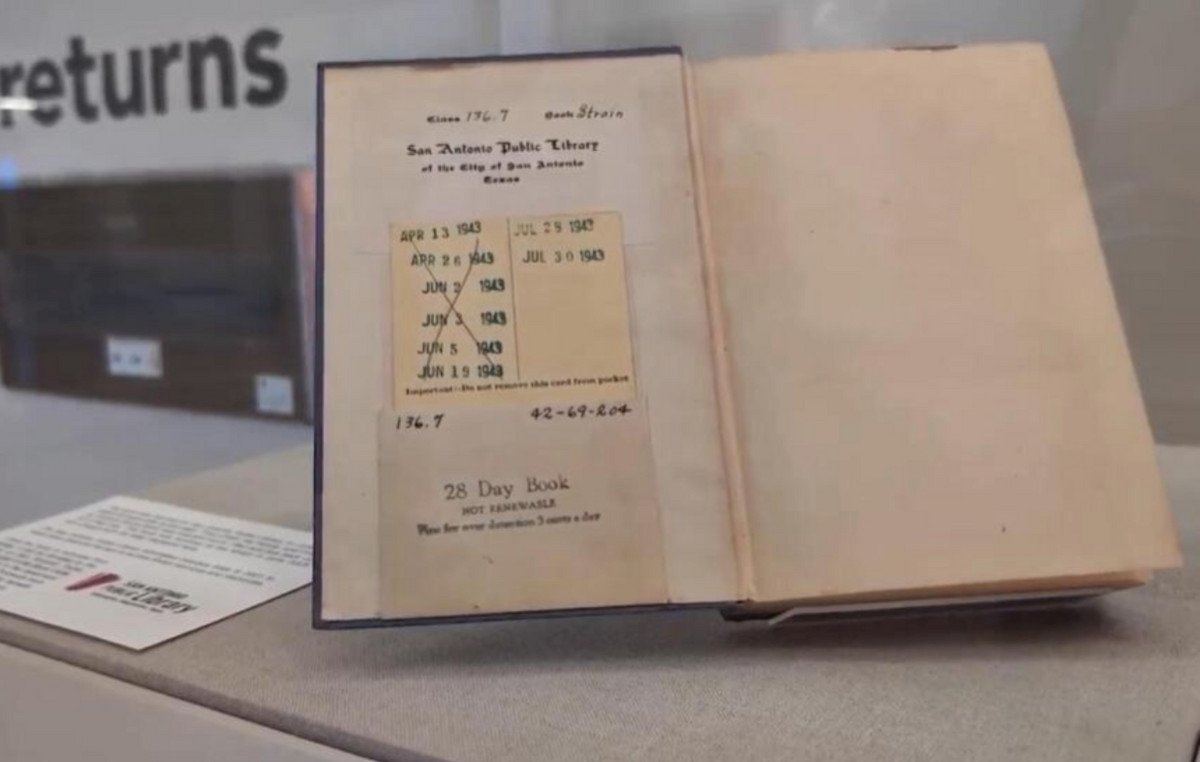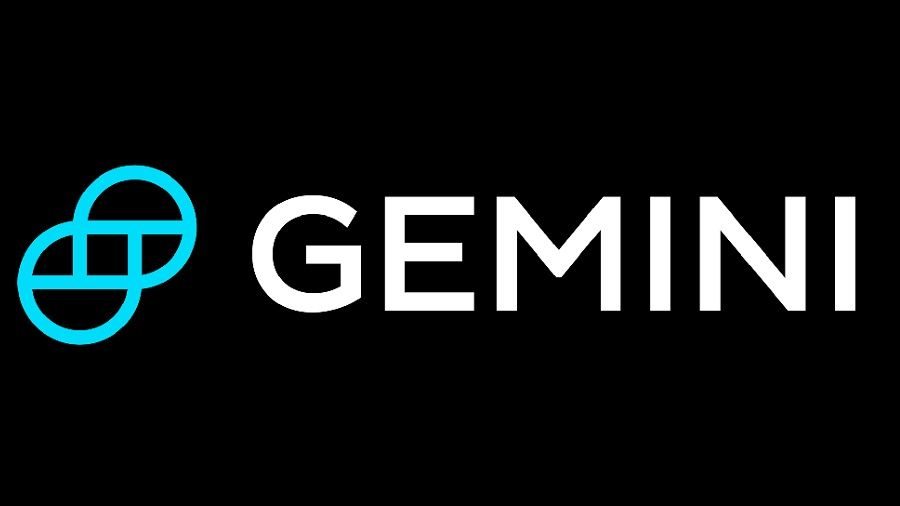- The UK central bank is heading for a further 25 basis point hike on Thursday, which would take the interest rate to 5.50%.
- The Bank of England could signal the end of its tightening cycle as economic woes mount.
- The British pound is reeling after a surprise drop in inflation in the UK, which increases the chances of the Bank of England pausing rate hikes.
On Thursday, the Bank of England (BoE) will announce the 15th consecutive interest rate hike since December 2021. The British Pound (GBP) is set for a big reaction even if it is not a “Super Thursday” as it could probably be the final rise of one of the UK’s biggest tightening cycles in the last century.
However, markets have recently downgraded expectations for a rate hike after UK inflation in August came in softer than expected.
Bank of England interest rate decision: What to know in the markets on Thursday 21 September
- GBP/USD remains vulnerable near five-month lows at 1.2304, while the US Dollar hits six-month highs.
- The Dollar and US Treasury bond yields continue to rise following the US Federal Reserve’s (Fed) pause in raising rates.
- The Summary of Economic Projections, the so-called “dot plot” chart, showed that the Fed’s “projections imply a rate hike of 25 basis points (bps) more this year and 50 bps of rate cuts in 2024, against the 100 bp of cuts in 2024 from the June projections”.
- US S&P 500 futures fall amid risk aversion on the prospect of “higher for longer” interest rates from the Fed.
- The BoE’s policy guidance will be the key to clear directional momentum for the GBP/USD pair, while US jobless claims and existing home sales data will also entertain the pair’s traders.
When will the BoE announce its interest rate decision and how could it affect GBP/USD?
The Bank of England is expected to increase the benchmark interest rate, the bank rate, by 25 basis points (bps) from 5.25% to 5.50% at 11:00 GMT, taking borrowing costs to the highest level since 2007 .
The big question is whether it will be the last hurrah for the BoE hawks. The UK central bank could follow the lead of the European Central Bank (ECB) and deliver a moderate hike, signaling the end of its rate-hiking cycle amid rising risks of stagflation.
In the second quarter, the British economy defied expectations of stagnation, with a 0.2% expansion in the second quarter. However, according to economists, growth prospects appear bleak as the impact of the rate hike is yet to be fully realized.
Meanwhile, the unemployment rate rose to 4.3% in the quarter to July, from 4.2% seen in the three months to June. The economy recorded a job loss of 207,000 jobs in July, after having destroyed 66,000 in June. Average earnings excluding premiums rose 7.8% year-on-year in July, as expected, but at an unprecedented pace.
Against the backdrop of a slowing economy and easing labor market conditions, the Bank of England could be well positioned to hint at a further pause after the expected rate hike. Goldman Sachs and Citigroup expect Thursday’s decision to be the BoE’s last rate hike.
Governor Andrew Bailey declared earlier this month that the BoE was “much closer” to ending its tightening cycle. On the other hand, Catherine Mann, a member of the Bank of England’s Monetary Policy Committee, declared last week: “I would prefer to err on the side of excessive rigour,” adding that underestimating the persistence of inflation would lead to overheating.
However, the unexpected drop in inflation in the United Kingdom casts a shadow over the Bank of England’s rate hike plan for Thursday. Bailey and his colleagues could opt for a pause, as service sector inflation points to an easing of inflationary pressures.
The Office for National Statistics (ONS) reported on Wednesday that the UK’s annual Consumer Price Index (CPI) rose 6.7% in August, cooling from the 6.8% rise in July. The market consensus pointed to an increase of 7.1%.
The CPI for services rose 6.8% year-on-year, compared to 7.4% in July. According to the ONS, “the largest contributions to the decline in CPI rates came from food and accommodation services.”
Markets are pricing in a 50% chance of a 25 basis point rate hike by the Bank of England, sharply below the 80% chance seen ahead of the UK inflation data.
Analysts at TD Securities (TDS) noted: “Upside surprises in wage data are enough to justify a 25 basis point hike, but the downward impact of August inflation on Wednesday and concerns about tepid U.S. “GDP and the rapidly rising unemployment rate lead the Monetary Policy Committee to soften forward guidance and the votes lean toward keeping unchanged, effectively signaling the end of the hike cycle.”
If the Bank of England issues a dovish message along with a 25 basis point rate hike or decides to put the brakes on its tightening cycle, the GBP/USD pair is likely to see a further decline towards the psychological level of 1.2250. Should the central bank hint at the possibility of a further rate hike by the end of the year, the British pound could see a decent recovery towards the 1.2500 level.
Dhwani Mehta, Chief Asian Session Analyst at FXStreet, offers a brief technical outlook for GBP/USD and explains: “Having consolidated the downside break below the critical 200-day SMA at 1.2433 in So far this week, GBP/USD is extending the downtrend even as the 14-day Relative Strength Index (RSI) has entered oversold territory, suggesting the pair is at risk of a correction from the low of several months.”
Dhwani also outlines important technical levels for trading the GBP/USD pair: “On the upside, recovery of the support-turned-resistance of the 200-day SMA is critical to initiate a significant recovery towards the 1.2500 area. Higher up, the SMA 21 with a downward slope at 1.2520 will challenge the British Pound buyers. On the contrary, immediate support lies at the April low of 1.2275, below which a sell-off towards the level of 1.2200 cannot be ruled out.”
Pound sterling quote today
The table below shows the percentage change of the British Pound (GBP) against major currencies today.
| USD | EUR | GBP | CAD | AUD | JPY | NZD | CHF | |
| USD | 0.15% | 0.07% | 0.11% | 0.42% | 0.03% | 0.29% | 0.04% | |
| EUR | -0.16% | -0.08% | -0.05% | 0.25% | -0.13% | 0.13% | -0.11% | |
| GBP | -0.07% | 0.07% | 0.04% | 0.34% | -0.04% | 0.22% | -0.03% | |
| CAD | -0.10% | 0.04% | -0.03% | 0.31% | -0.08% | 0.17% | -0.07% | |
| AUD | -0.40% | -0.30% | -0.34% | -0.30% | -0.38% | -0.13% | -0.36% | |
| JPY | -0.04% | 0.13% | 0.06% | 0.07% | 0.39% | 0.27% | 0.02% | |
| NZD | -0.28% | -0.13% | -0.21% | -0.17% | 0.14% | -0.24% | -0.22% | |
| CHF | -0.06% | 0.09% | 0.02% | 0.04% | 0.35% | -0.03% | 0.23% |
The heat map shows the percentage changes of the major currencies against each other. The base currency is chosen in the left column, while the quote currency is chosen in the top row. For example, if you choose the euro in the left column and scroll down the horizontal line to the Japanese yen, the percentage change that appears in the box will represent EUR (base)/JPY (quote).
Economic Indicator
United Kingdom BoE interest rate decision
The Bank of England’s interest rate decision is announced by the Bank of England. If the BoE takes a hawkish view on the economy’s inflationary prospects and raises interest rates it is positive, or bullish, for the Pound. Similarly, if the Bank of England has a pessimistic view on the UK economy and maintains the current interest rate, or reduces it, it is considered negative or bearish.
More information.
Source: Fx Street
I am Joshua Winder, a senior-level journalist and editor at World Stock Market. I specialize in covering news related to the stock market and economic trends. With more than 8 years of experience in this field, I have become an expert in financial reporting.







